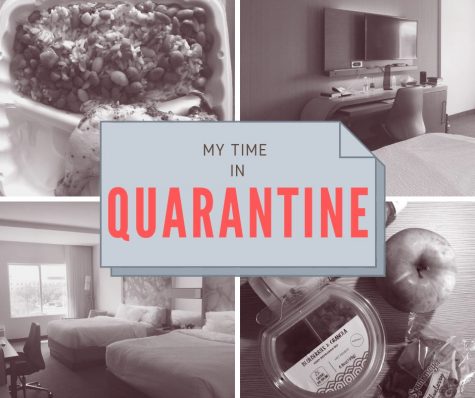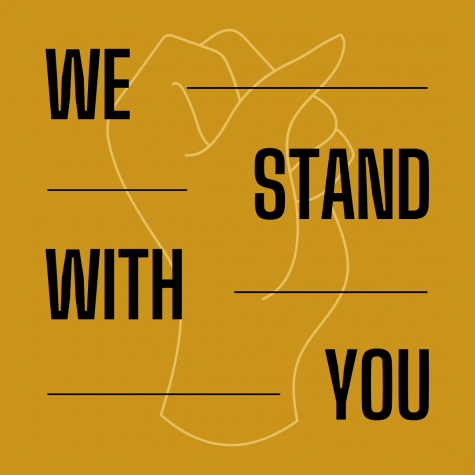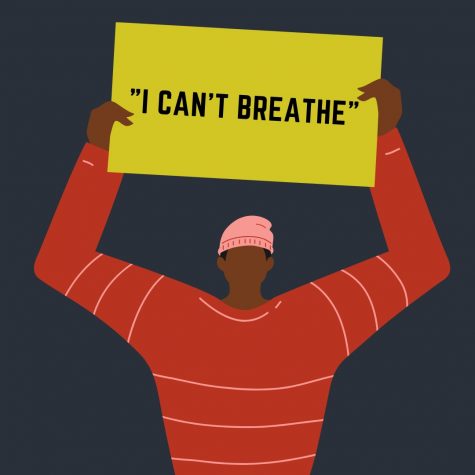Hatters overwhelmingly disapprove of Trump’s start to presidency
In a poll conducted following President Trump’s first week in office — a week marked by a stream of executive orders and vigorous protests nationwide — the vast majority of Stetson respondents noted disapproval of the president, his behavior, and his policies.
Disapproval of the president was reflected as the majority opinion in each of the questions asked: 73 percent of Hatters stated disapproval in Trump’s handling of the presidency, a figure which would remain consistent across most of his policies. Most students polled did not vote for Trump in the 2016 presidential election. On all but one question Trump failed to muster support above 28 percent. On no question did the new president, who often boasts about his admirers and recently said that “any negative polls are fake news,” receive a majority of Hatters’ approval.
73.2% of students polled disapprove of Trump’s presidency.
Roughly two-thirds of students polled did not vote for Trump. In a Hatter Network poll conducted in September, 26 percent of respondents said they would vote for the then-Republican candidate, and the same percentage of respondents said they did vote for him in this survey. Almost 7 percent of people stated that they did or could not vote last fall. Taken together, the polls show that Trump’s lack of popularity on campus has remained consistent in the intervening months.
The most recent poll, which received 444 responses, was open for input between Jan. 30 and Feb. 4. The 444 participants constitute the largest poll of students conducted by Hatter Network. Of those participants, 359 identified themselves as white. Since exit polls show Trump won 57 percent of white voters, he appears to be underperforming with white Stetson students.
The vast majority of students told us they did not vote for Trump last fall.
Exact numbers showing how students self-identified when asked to provide their ethnic background.
Slightly more students disapprove of Trump’s behavior as president than his actual handling of the job. The longtime businessman and first president without political or military experience successfully led a campaign marred by his personal braggadocio and allegations of sexual assault, the latter of which he seemed to admit to on tape in 2005. Trump and his administration spent much of their first days in office debating the size of his inauguration crowd, at times lying outright.
Slightly more students disapprove of Trump’s behavior than his job overall.
On specific policy changes, Hatters remained remarkably consistent, with one major exception. Only when asked about Trump’s withdrawal of the United States from the Trans-Pacific Partnership did Trump’s support rise above 30 percent. Commonly known as the TPP, American removal from the trade deal negotiated by presidents George W. Bush and Barack Obama had been promised by both Trump and his Democratic opponent Hillary Clinton prior to the election.
Withdrawal from TPP was the only question to draw support from more than 30% of students.
The highly controversial executive order that temporarily bans entry into the United States by travelers from seven Muslim-majority nations, and indefinitely halts the Syrian refugee resettlement program, received just 26 percent approval, in line with most other Trump policies polled on. The order has inspired waves of protests and lawsuits nationwide, leading to a showdown in front of the 9th Circuit Court of Appeals which could send the case to the Supreme Court.
Trump has claimed that polls do not accurately capture the sentiment people have for this particular order.
Similar disapproval numbers came from Trump’s executive orders reinstating the “Mexico City policy” halting federal funds from going to international groups which provide abortions, allowing the Obama-blocked Dakota Access and Keystone XL pipelines to be completed, and authorizing the construction of Trump’s first campaign promise, a border wall separating the U.S. and its southern neighbor Mexico.
Both of these pipelines were halted by President Barack Obama.
The wall was Trump’s first, and often most divisive, campaign promise.
When asked if Trump was correct to believe that rampant voter fraud cost him the popular vote, roughly 20 percent, several points fewer than the amount of students who voted for him and supported his policies, said he was correct.
When asked this question during the poll, the options currently labeled “yes” and “no” were erroneously labeled “approve” and “disapprove” respectively. We apologize for the error.
Since losing the popular vote to Clinton in November, Trump has repeatedly claimed that millions of illegal votes were cast in her favor. His administration has provided no evidence pointing to this, and it is widely believed by experts and journalists that the claim is baseless. This week Trump announced that Vice President Mike Pence will lead an investigation into any voting fraud.
While anti-Trump sentiment at Stetson rises much higher than the national average and provides some evidence for the narrative describing colleges as hubs of liberal politics, Trump has quickly proven he is no Teflon Don. Gallup polls show he reached majority disapproval nationwide faster than any other president since such polling began and those numbers have continued to worsen. With an unprecedented need for the Vice President to break a tie over one of his cabinet nominations yesterday, President Trump would do well to curry favor beyond his initial base of supporters before the rising discontent threatens his agenda.







